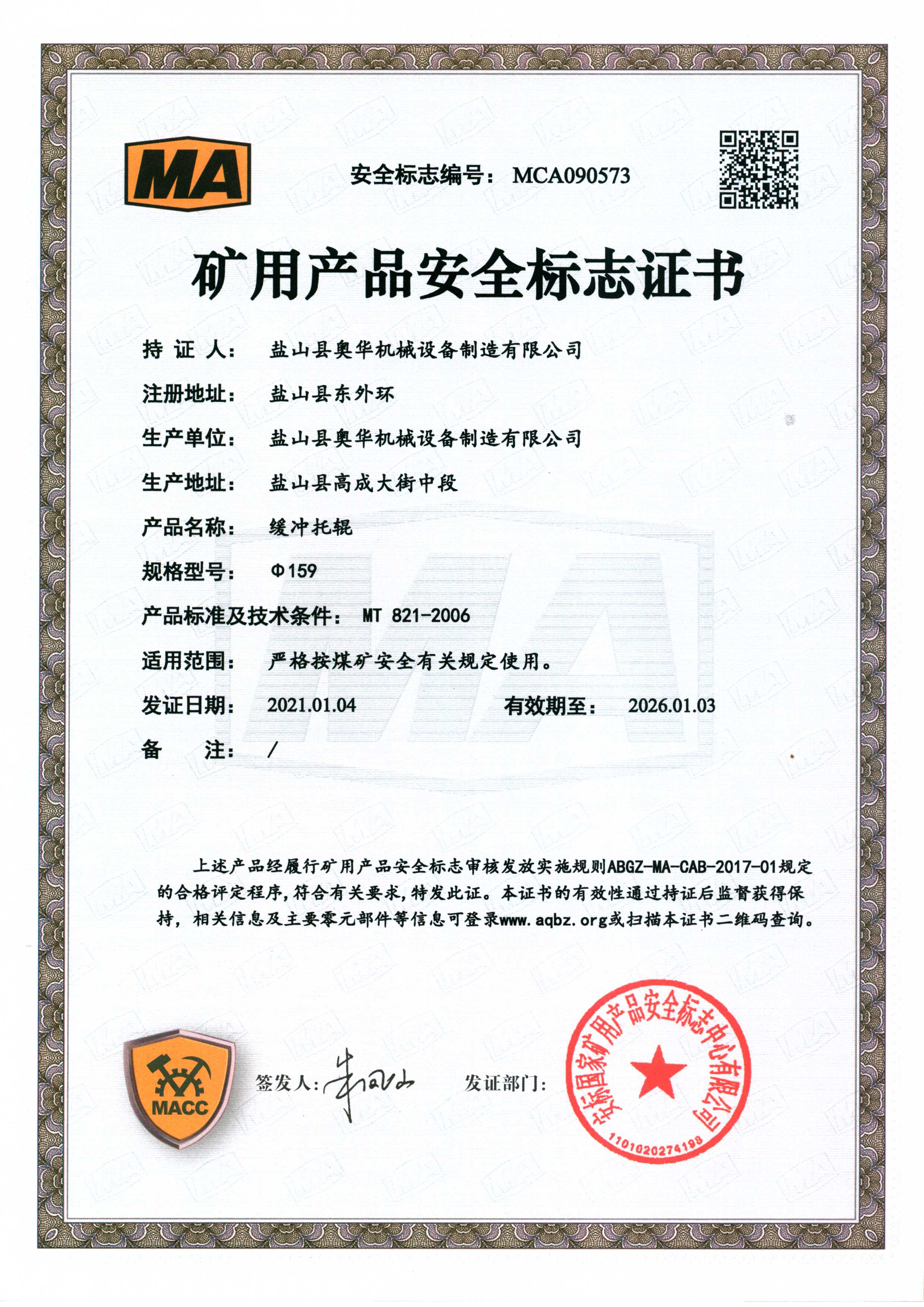 Afrikaans
Afrikaans  Albanian
Albanian  Amharic
Amharic  Arabic
Arabic  Armenian
Armenian  Azerbaijani
Azerbaijani  Basque
Basque  Belarusian
Belarusian  Bengali
Bengali  Bosnian
Bosnian  Bulgarian
Bulgarian  Catalan
Catalan  Cebuano
Cebuano  Corsican
Corsican  Croatian
Croatian  Czech
Czech  Danish
Danish  Dutch
Dutch  English
English  Esperanto
Esperanto  Estonian
Estonian  Finnish
Finnish  French
French  Frisian
Frisian  Galician
Galician  Georgian
Georgian  German
German  Greek
Greek  Gujarati
Gujarati  Haitian Creole
Haitian Creole  hausa
hausa  hawaiian
hawaiian  Hebrew
Hebrew  Hindi
Hindi  Miao
Miao  Hungarian
Hungarian  Icelandic
Icelandic  igbo
igbo  Indonesian
Indonesian  irish
irish  Italian
Italian  Japanese
Japanese  Javanese
Javanese  Kannada
Kannada  kazakh
kazakh  Khmer
Khmer  Rwandese
Rwandese  Korean
Korean  Kurdish
Kurdish  Kyrgyz
Kyrgyz  Lao
Lao  Latin
Latin  Latvian
Latvian  Lithuanian
Lithuanian  Luxembourgish
Luxembourgish  Macedonian
Macedonian  Malgashi
Malgashi  Malay
Malay  Malayalam
Malayalam  Maltese
Maltese  Maori
Maori  Marathi
Marathi  Mongolian
Mongolian  Myanmar
Myanmar  Nepali
Nepali  Norwegian
Norwegian  Norwegian
Norwegian  Occitan
Occitan  Pashto
Pashto  Persian
Persian  Polish
Polish  Portuguese
Portuguese  Punjabi
Punjabi  Romanian
Romanian  Russian
Russian  Samoan
Samoan  Scottish Gaelic
Scottish Gaelic  Serbian
Serbian  Sesotho
Sesotho  Shona
Shona  Sindhi
Sindhi  Sinhala
Sinhala  Slovak
Slovak  Slovenian
Slovenian  Somali
Somali  Spanish
Spanish  Sundanese
Sundanese  Swahili
Swahili  Swedish
Swedish  Tagalog
Tagalog  Tajik
Tajik  Tamil
Tamil  Tatar
Tatar  Telugu
Telugu  Thai
Thai  Turkish
Turkish  Turkmen
Turkmen  Ukrainian
Ukrainian  Urdu
Urdu  Uighur
Uighur  Uzbek
Uzbek  Vietnamese
Vietnamese  Welsh
Welsh  Bantu
Bantu  Yiddish
Yiddish  Yoruba
Yoruba  Zulu
Zulu belt conveyor accessories
Belt Conveyor Accessories Enhancing Efficiency and Reliability
Belt conveyors are essential components in various industries, providing efficient transportation solutions for materials ranging from bulk commodities to packaged goods. However, the performance and longevity of a belt conveyor system heavily depend on its accessories. These accessories play a crucial role in enhancing operational efficiency, safety, and overall system reliability. This article explores the significance of belt conveyor accessories and highlights some of the most common types utilized in modern conveyor systems.
1. Belt Cleaners
One of the most critical accessories for any belt conveyor is the belt cleaner. These devices are designed to remove any material that may adhere to the conveyor belt’s surface during operation. Effective cleaning helps prevent material buildup, which can lead to increased wear on the belt and, ultimately, system failure. Cleaning systems can be classified into primary and secondary cleaners. Primary cleaners are usually installed at the discharge end of the conveyor, while secondary cleaners do additional cleaning along the length of the belt. The choice of cleaner depends on the type of material being transported, as well as the specific operating conditions.
Belt rollers and idlers are essential for supporting the weight of the belt and the materials being transported. These components ensure that the belt runs smoothly and maintains proper tension throughout the system. Idlers can be found in different configurations—such as troughing, flat, or impact idlers—each designed for specific applications. Impact idlers are especially useful in areas where heavy materials are loaded onto the belt, as they provide additional support and minimize belt sagging. Proper selection and maintenance of rollers and idlers are crucial to reducing friction and wear, which can significantly extend the lifespan of the conveyor system.
3. Belt Tensioners
belt conveyor accessories

Maintaining the correct belt tension is vital for optimal conveyor performance. Belt tensioners are devices that help adjust and maintain the appropriate level of tension in the belt. An insufficiently tensioned belt can slip, leading to decreased efficiency and potential damage to the belt and other components. There are various types of tensioning systems, such as gravity tensioners, hydraulic tensioners, and screw tensioners, each offering different advantages depending on the application.
4. Skirtboards
Skirtboards are installed along the edges of the conveyor to contain materials and prevent spillage. Properly designed skirtboards can lead to a significant reduction in material loss, enhance workplace safety, and minimize environmental impact. Additionally, they help to control dust and improve the overall cleanliness of the operational area. The material and design of skirtboards should be carefully chosen to match the specific type of materials being transported, ensuring maximum effectiveness.
5. Safety Devices
Safety is a paramount concern in any conveyor system. Accessories such as emergency stop switches, pull cords, and safety guards are crucial for ensuring the safety of personnel operating near the conveyor. These devices are designed to quickly halt the operation of the conveyor in the event of an emergency, reducing the risk of accidents and injuries. Regular maintenance and testing of these safety devices are essential to ensure they function correctly when needed.
Conclusion
In conclusion, the performance and reliability of belt conveyors are significantly enhanced by the use of various accessories. From belt cleaners and rollers to tensioners and safety devices, each component plays a vital role in ensuring the system operates efficiently and safely. As industries continue to evolve, the development of innovative conveyor accessories will further enhance operational capabilities, supporting the growing demands for efficiency and productivity in material handling. Investing in quality accessories and maintaining them regularly can lead to reduced downtime, lower operational costs, and a more productive workplace.
-
Revolutionizing Conveyor Reliability with Advanced Rubber Lagging PulleysNewsJul.22,2025
-
Powering Precision and Durability with Expert Manufacturers of Conveyor ComponentsNewsJul.22,2025
-
Optimizing Conveyor Systems with Advanced Conveyor AccessoriesNewsJul.22,2025
-
Maximize Conveyor Efficiency with Quality Conveyor Idler PulleysNewsJul.22,2025
-
Future-Proof Your Conveyor System with High-Performance Polyurethane RollerNewsJul.22,2025
-
Driving Efficiency Forward with Quality Idlers and RollersNewsJul.22,2025





























